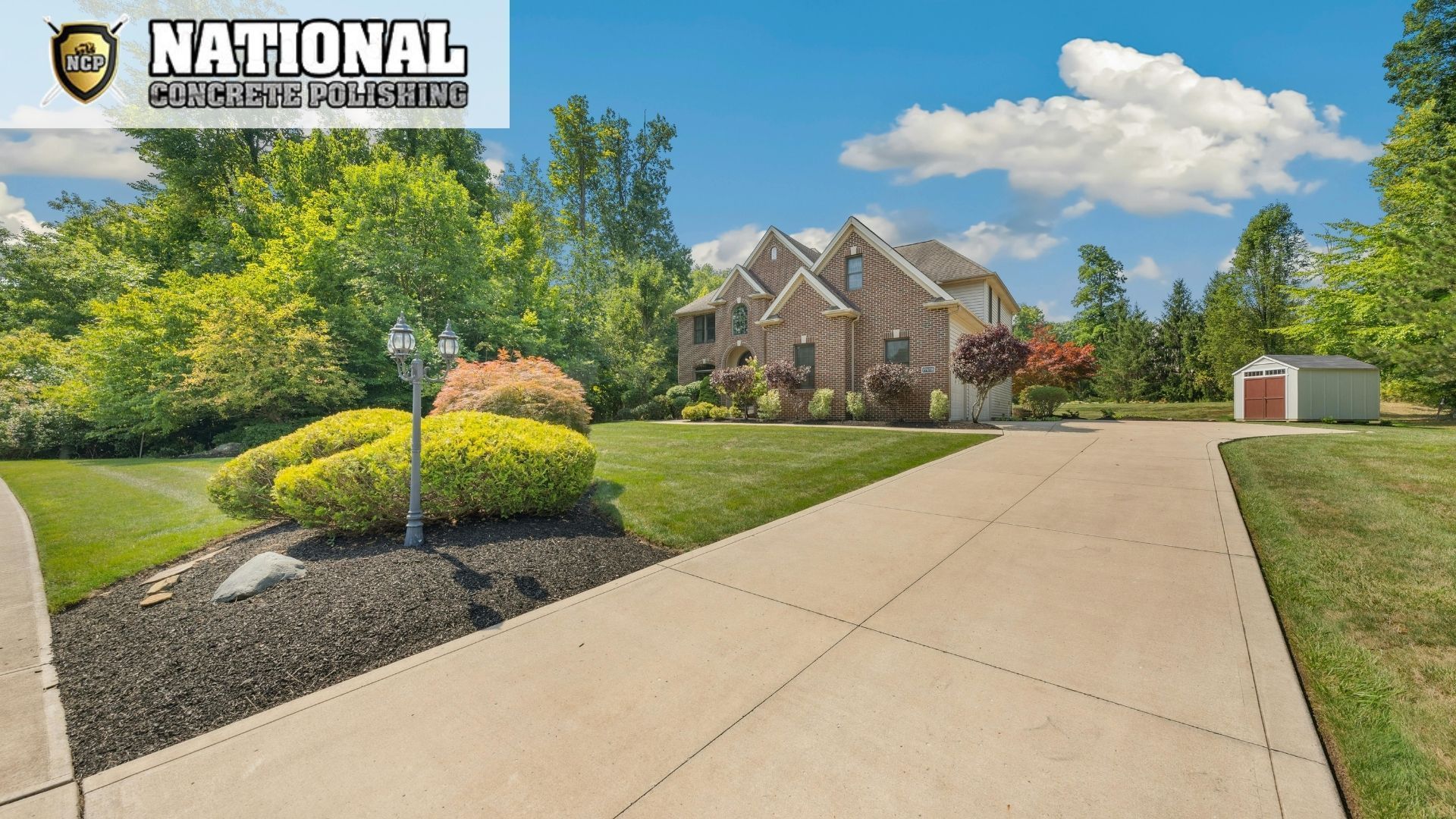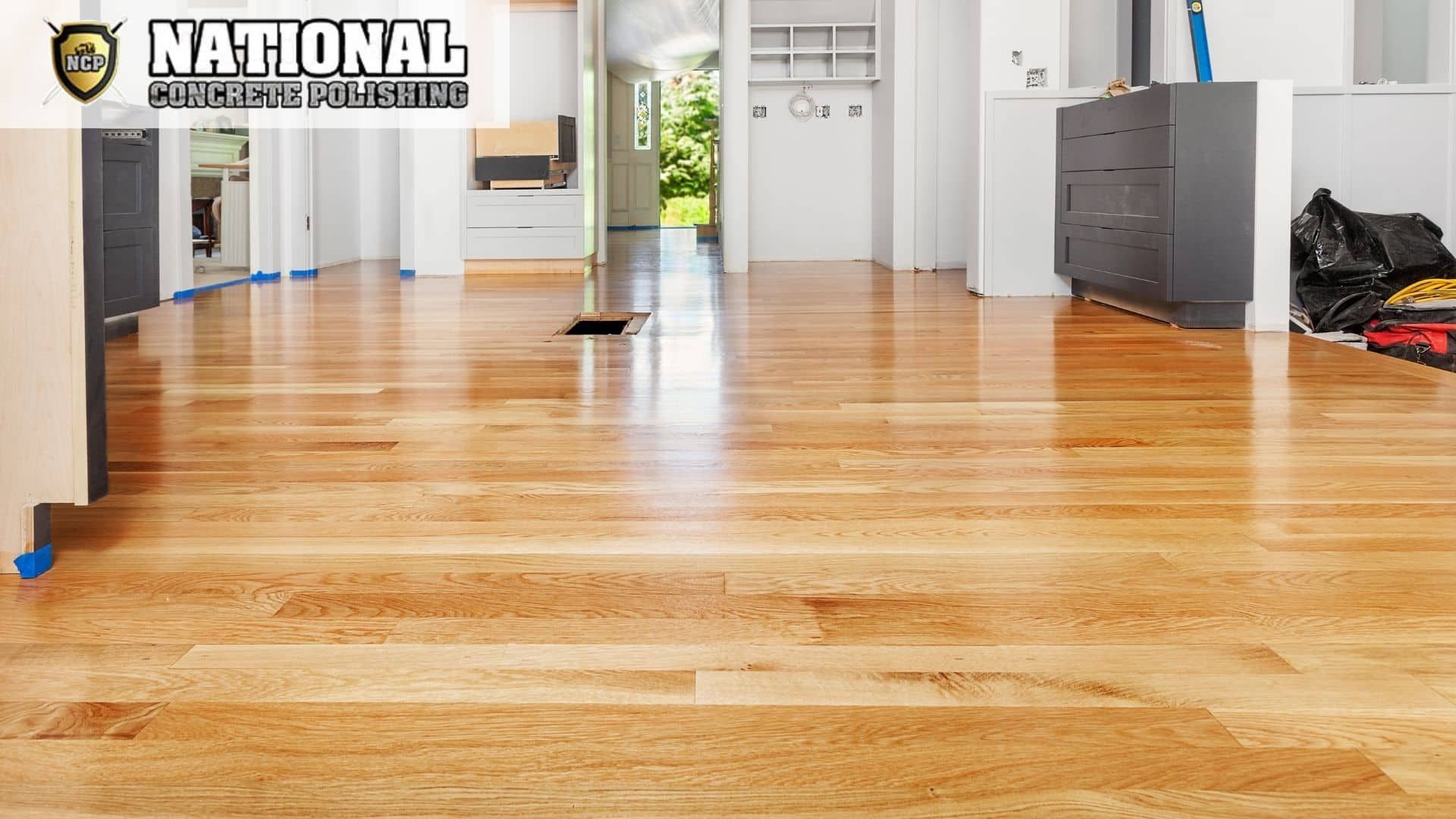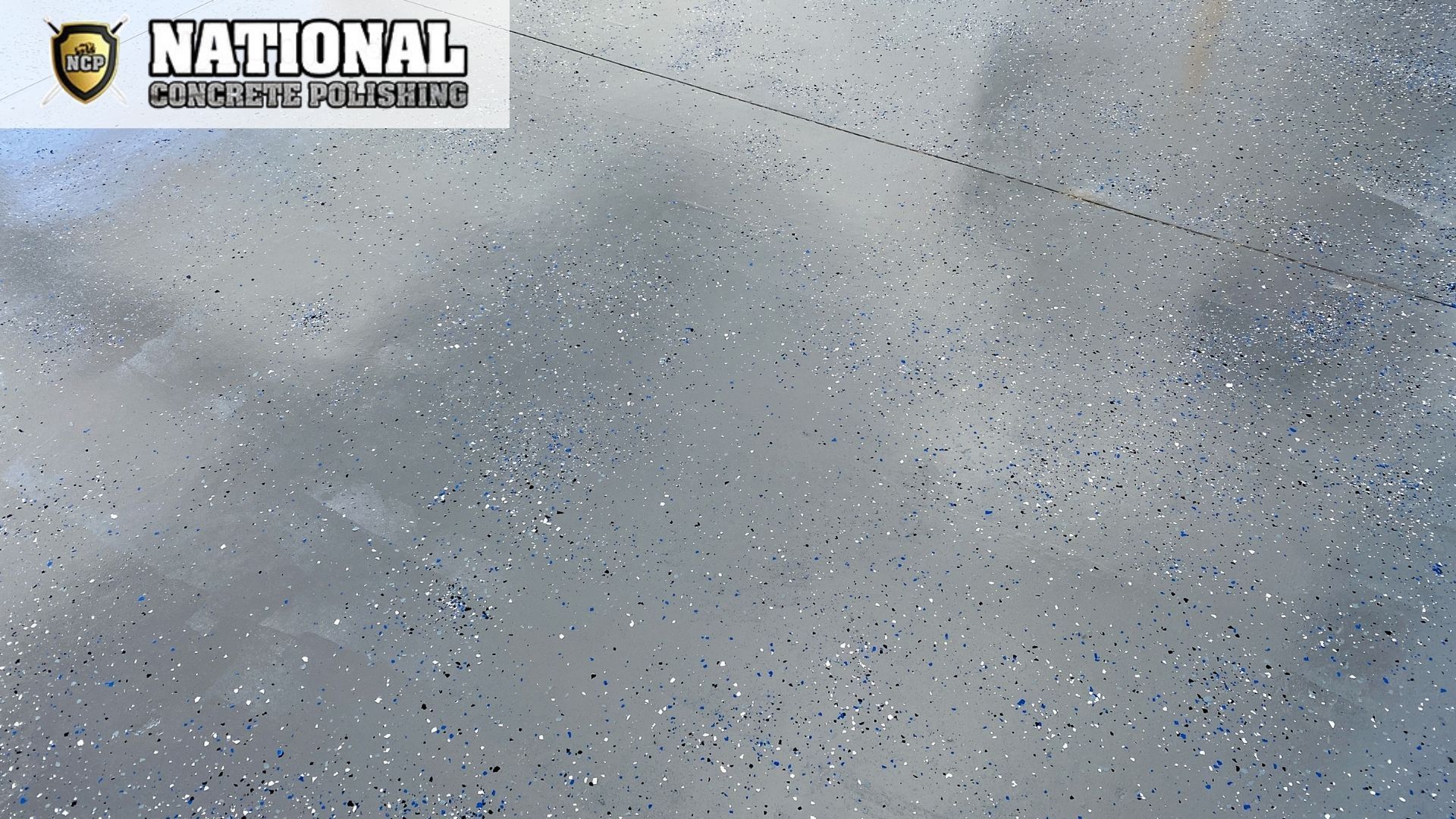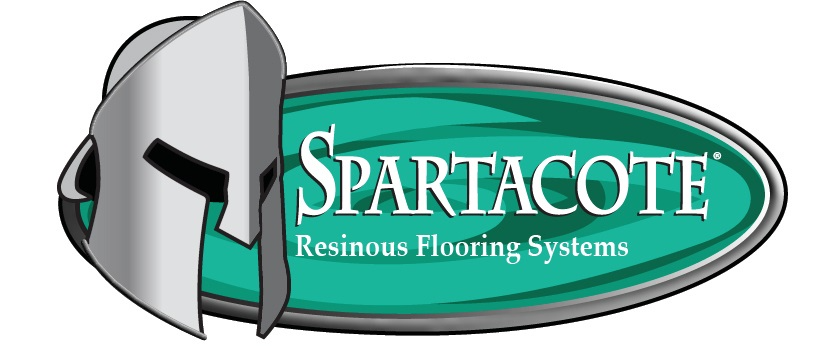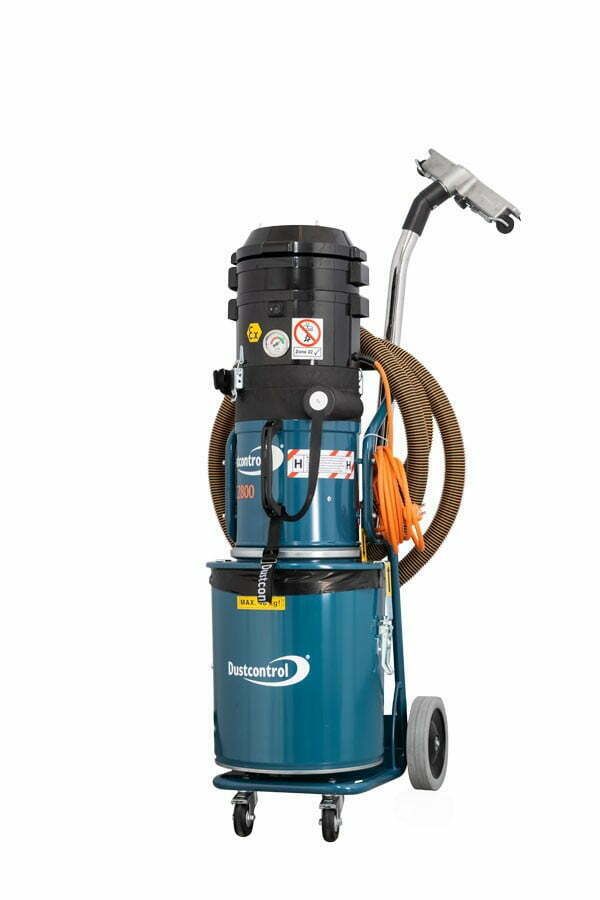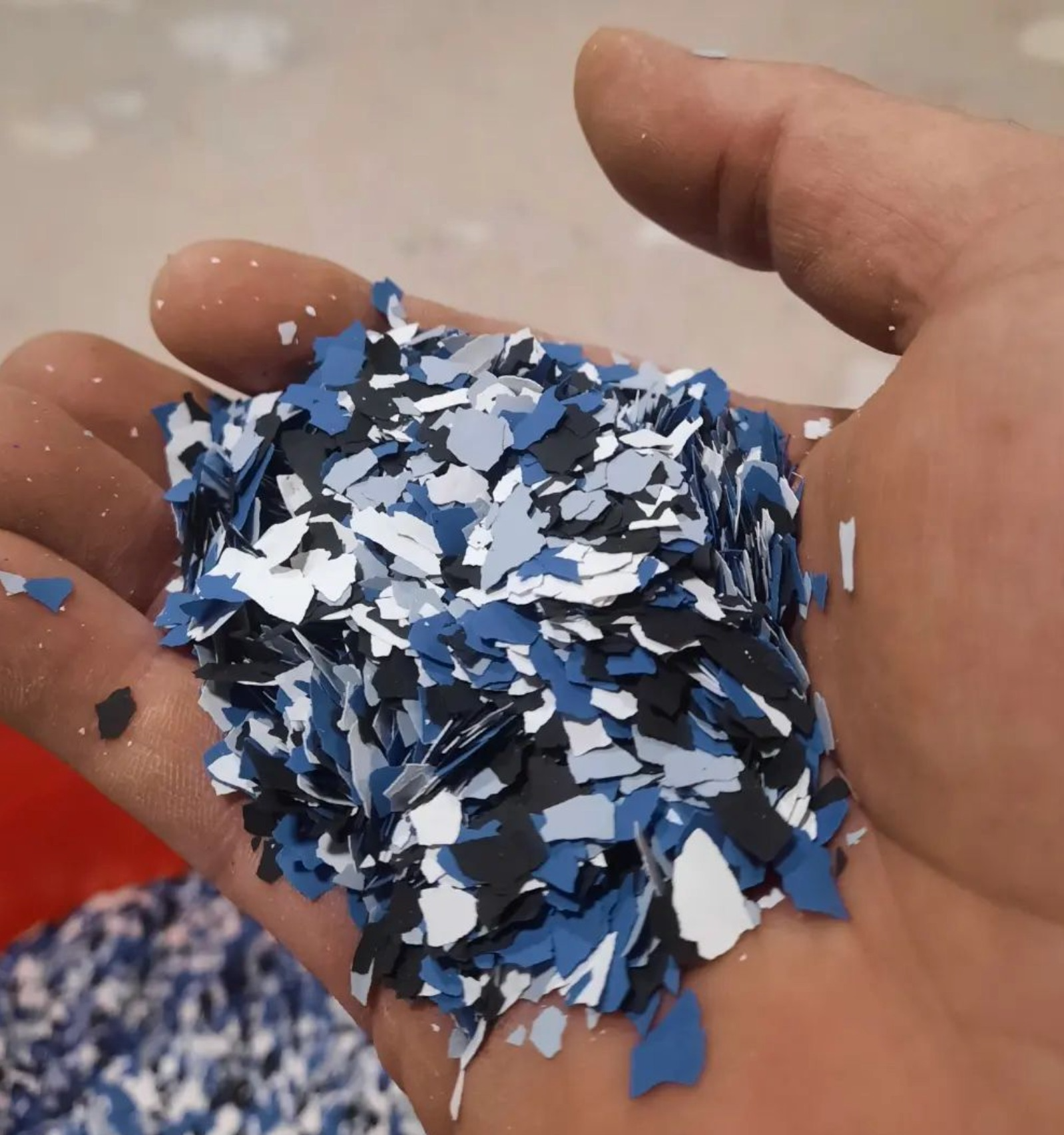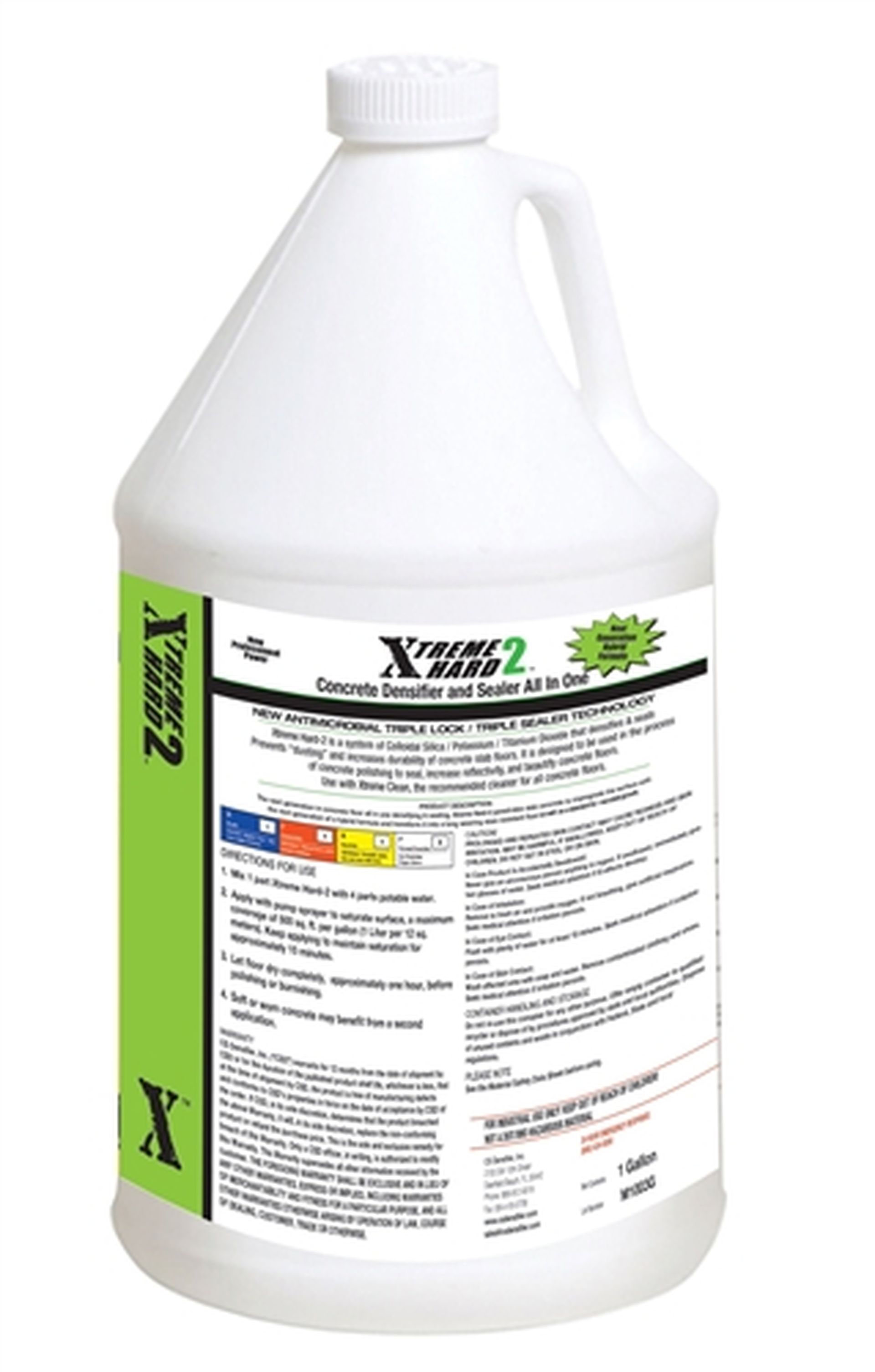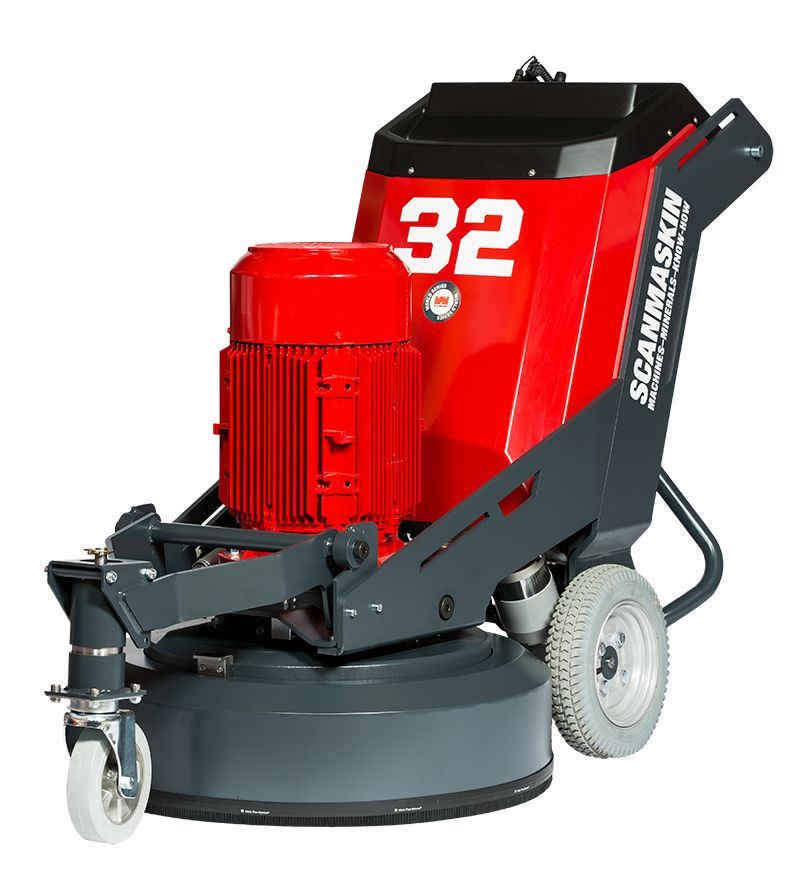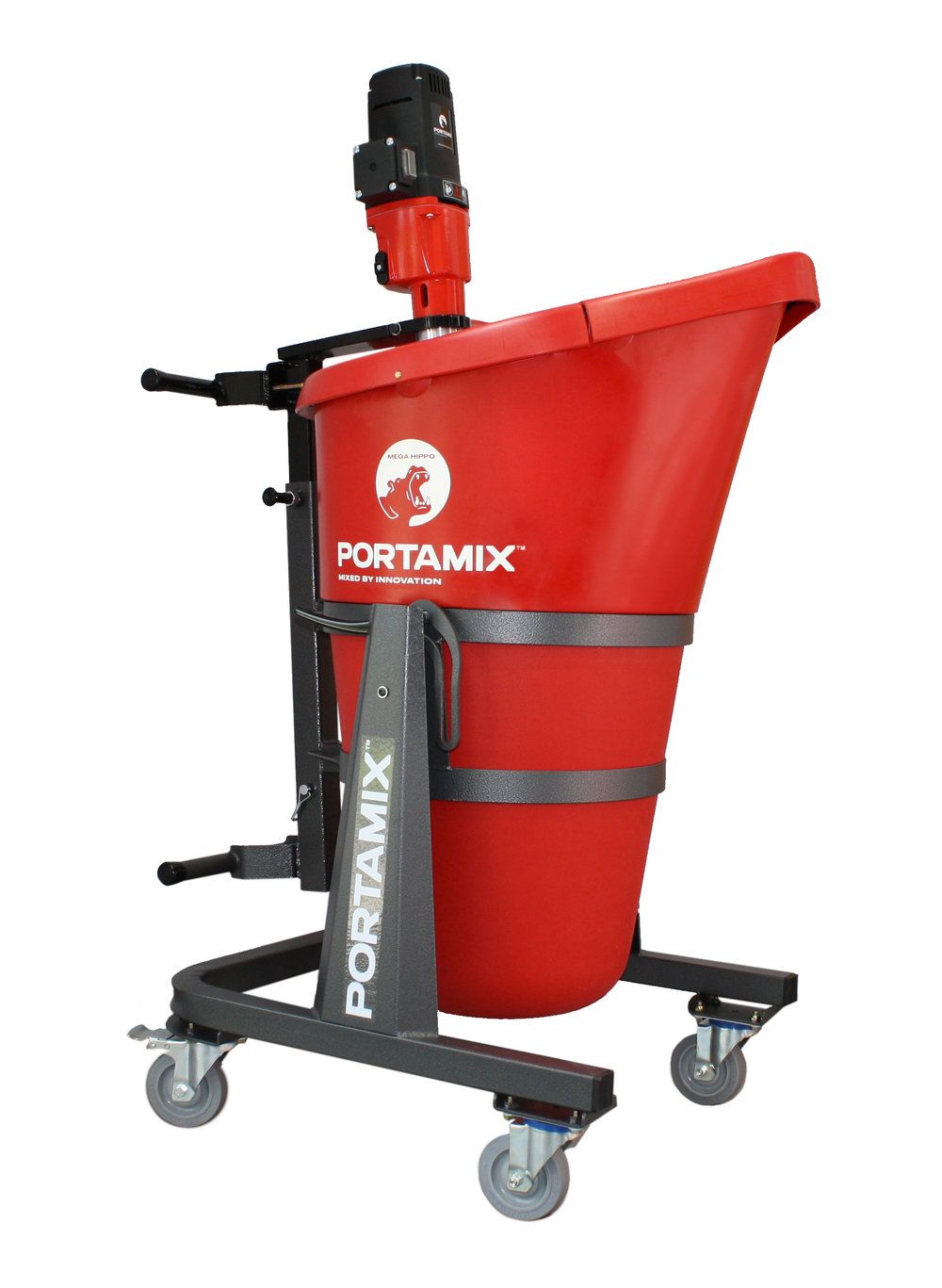Polished Cement: Sleek, Low-Maintenance Floors for Any Space
Did you know 70% of modern luxury homes now feature polished concrete floors ? This sleek surface has moved far beyond warehouses and garages, becoming a staple in high-end design. Architects and homeowners alike praise its ability to merge industrial durability with refined elegance, creating spaces that feel both timeless and cutting-edge.
Once seen as purely functional, these floors now dominate residential and commercial projects. Their mirror-like finish reflects light to brighten rooms, while their low-maintenance nature saves time and costs. From minimalist lofts to bustling retail stores, polished surfaces adapt effortlessly to diverse styles and foot traffic demands.
What makes this flooring stand out? It’s not just about looks. The process transforms raw concrete into a durable, stain-resistant surface that withstands decades of use. Whether you’re renovating a medical facility or designing a chic urban apartment, this material offers unmatched versatility without sacrificing sophistication.
Key Takeaways
- Modern polished floors elevate spaces with reflective, high-end finishes
- Durable surfaces handle heavy foot traffic in commercial settings
- Low-maintenance design reduces long-term cleaning costs
- Versatile applications suit both homes and businesses
- Eco-friendly option using existing concrete slabs
Introduction to Polished Cement and Its Aesthetic Appeal
The rise of industrial-chic interiors has spotlighted polished cement as a go-to flooring solution. This technique elevates basic slabs into refined surfaces that combine raw texture with contemporary flair. Specialists use diamond grinders to reveal natural aggregates, creating finishes ranging from subtle speckles to bold stone patterns.
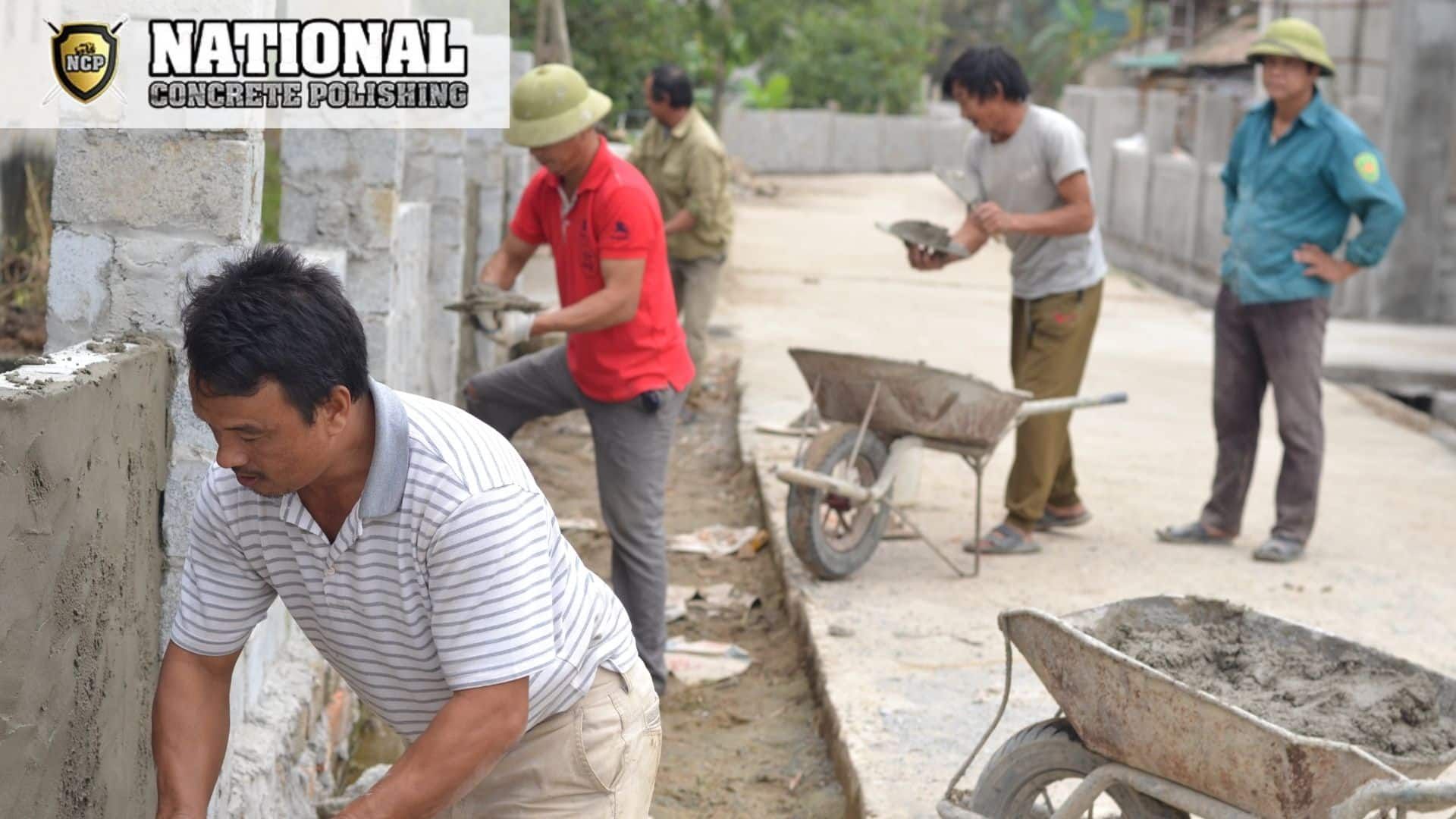
Concept and Overview
Unlike traditional concrete, this finish offers customizable designs through varying exposure levels of embedded stones. You can select color treatments to match your space’s palette, from earthy neutrals to vibrant tones. The grinding process compacts the surface, resulting in a glossy, low-porosity material that resists stains.
Key Benefits for Modern Spaces
Reflective surfaces amplify natural light, reducing the need for artificial lighting in open-plan areas. Its minimalist appearance pairs effortlessly with Scandinavian furniture or exposed brick walls. Designers often choose this option for its ability to merge rugged durability with sleek, urban aesthetics.
Commercial boutiques use it to create gallery-like atmospheres, while homeowners appreciate its seamless flow between indoor and outdoor areas. The finish adapts to high-traffic zones without losing its luster, making it ideal for both studios and storefronts.
Understanding the Benefits of Polished Cement
What makes this flooring material a smart choice for homes and businesses? Beyond its sleek appearance, polished cement delivers practical perks that simplify daily life while protecting the planet. Let’s explore how its unique qualities create value that lasts decades.
Durability and Low-Maintenance Qualities
These surfaces handle heavy foot traffic without showing scratches or dents. Spills wipe up easily, and you won’t need waxes or harsh cleaners. Unlike wood or carpet, they resist stains from pets, spills, or muddy shoes.
| Flooring Type | Annual Maintenance Cost | Lifespan |
|---|---|---|
| Polished Cement | $0.50/sq ft | 25+ years |
| Hardwood | $2.80/sq ft | 15 years |
| Carpet | $1.75/sq ft | 8 years |
Health and Environmental Advantages
These floors improve indoor air quality by eliminating VOC emissions found in carpets and adhesives. They’re naturally hypoallergenic, resisting dust mites and mold growth. Environmentally, the process reuses existing slabs, cutting construction waste by 97% compared to tile installations.
High thermal mass properties help stabilize room temperatures, reducing HVAC use. Many projects qualify for LEED credits, supporting green building certifications. Over time, the energy savings and tax incentives make this option both eco-conscious and budget-friendly.
An Overview of the Polishing Process
From rough slab to radiant surface, the polishing process combines art and engineering. Specialists follow precise steps to transform ordinary slabs into durable, eye-catching floors. The journey begins with surface evaluation and ends with a mirror-like shine.
Step-by-Step Polishing Techniques
The process has two phases: cutting and polishing. Cutting uses coarse diamond tools (40-120 grit) to remove imperfections and expose aggregates. This step determines texture and aggregate exposure levels, categorized as Class A (minimal) to Class D (maximum).
| Phase | Grit Range | Purpose |
|---|---|---|
| Cutting | 40-120 | Remove coatings, level surfaces |
| Polishing | 100-3000 | Enhance shine, smooth texture |
Polishing refines the surface with finer grits. Resin-bonded diamonds gradually smooth the slab, progressing from 100 to 3000 grit. Higher grits create reflective finishes that mimic polished stone.
How Surface Preparation Influences the Finish
Surface quality before polishing impacts results. Proper concrete pour techniques ensure even density. Cracks or air pockets from poor mixing lead to uneven grinding.
Existing coatings must be stripped, and slabs fully cured. Moisture tests prevent hazing or discoloration. Well-prepared surfaces reduce polishing time by 30% and improve final clarity.
Design Flexibility and Applications
Modern architecture thrives on materials that balance form and function. Finished concrete surfaces now anchor spaces from penthouse lofts to hospital corridors, adapting to diverse needs through creative design choices. Their versatility makes them a favorite for projects prioritizing both style and practicality.

Residential Uses and Interior Trends
Luxury homes increasingly feature these floors in kitchens and living areas. Designers pair them with warm wood accents and metallic fixtures for contrast. Open-plan layouts benefit from the seamless flow between rooms, enhancing spatial perception.
Current trends highlight custom aggregate exposures. You can choose subtle salt-and-pepper textures or bold terrazzo-like patterns. Colored treatments integrate with neutral palettes or make vibrant statements in modern spaces.
Commercial and Industrial Applications
Retail giants like Walmart use these surfaces for high-traffic zones. Their reflective quality brightens stores while withstanding shopping carts and foot traffic. Medical facilities value the nonporous finish for sterile environments.
In industrial settings, durability shines. Warehouses and loading docks maintain slip resistance even under heavy machinery. The material’s strength reduces replacement costs in manufacturing plants.
| Setting | Design Feature | Use Case |
|---|---|---|
| Residential | Custom aggregate exposure | Modern kitchen floors |
| Retail | High-gloss finish | Department store aisles |
| Industrial | Reinforced density | Factory work areas |
Durability and Long-Term Maintenance Tips
Maintaining your floor’s sleek appearance requires consistent care tailored to its unique needs. Proper techniques preserve its reflective qualities while preventing wear in high-traffic zones. Let’s explore proven methods to keep surfaces looking pristine for years.
Cleaning Strategies for Maximum Shine
Start with daily dust mopping to remove abrasive particles. For deeper cleaning, use pH-neutral soap mixed with warm water. Always rinse thoroughly after scrubbing to prevent cloudy residue buildup.
| Area Type | Cleaning Frequency | Sealing Frequency |
|---|---|---|
| Residential | Daily | 12-18 months |
| Commercial | 3x daily | 6-9 months |
Scheduled Sealing and Periodic Polishing
Reapply protective sealants annually for homes and twice yearly for busy stores. Avoid ammonia-based cleaners – they degrade finishes over time. Blot spills immediately with microfiber cloths to prevent staining.
High-traffic zones may need professional re-polishing every 3-5 years. This restores mirror-like surfaces without full replacements. Pair regular maintenance with gentle cleaners to extend your floor’s lifespan significantly.
Environmental and Health Benefits of Concrete Floors
Concrete floors aren’t just durable—they’re quietly revolutionizing sustainable design. By transforming existing slabs into finished surfaces, these systems eliminate the need for additional materials while cutting construction waste dramatically. Their eco-friendly nature pairs with health-conscious features to create spaces that benefit both people and the planet.
Sustainable Material Use
Traditional flooring often requires new layers every 10-15 years. With polished concrete, you reuse the structural slab already in place. This approach reduces lifetime material waste by 97% compared to carpet or tile installations. No extra adhesives or underlayments mean fewer chemicals enter landfills.
Builders love this method for LEED certification projects. It earns points for material reuse and energy efficiency. Some states even offer tax incentives for choosing low-impact options like these floors.
| Flooring Type | Lifetime Waste | Replacement Cycle |
|---|---|---|
| Concrete Floors | 3% | 25+ years |
| Hardwood | 42% | 15 years |
| Carpet | 91% | 8 years |
Health advantages start day one. The installation process skips volatile organic compounds (VOCs) found in carpets and sealants. Your air stays cleaner without off-gassing chemicals. The nonporous surface resists mold and dust mites, making it ideal for allergy sufferers.
Maintenance needs barely any water or harsh cleaners. A quick sweep and occasional damp mop keep surfaces pristine. Over decades, this adds up to thousands of gallons saved compared to carpet shampooing or wood refinishing.
Installation Techniques and Best Practices
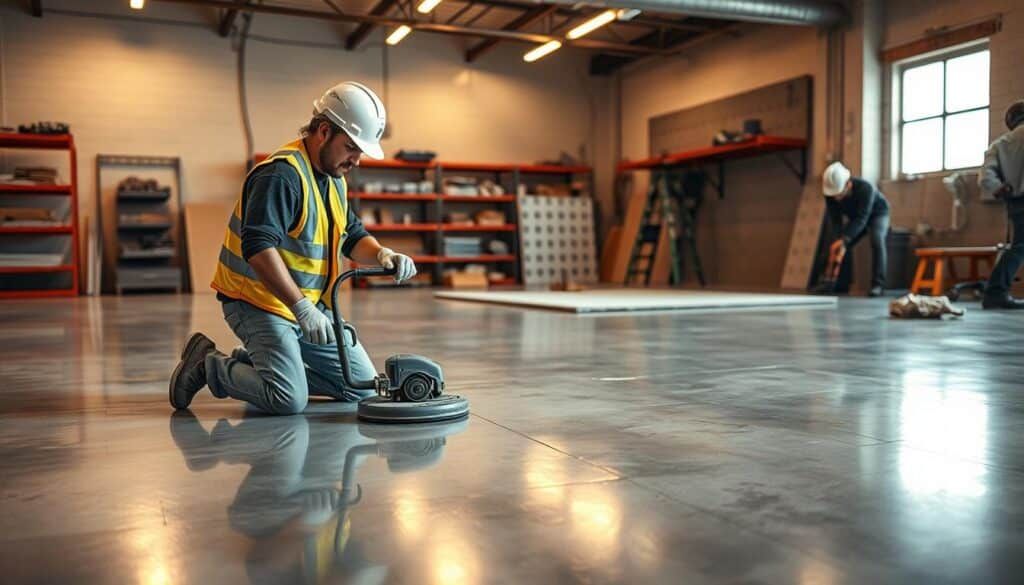
Proper installation determines your floor’s performance and longevity. The process begins long before mixing materials, requiring meticulous planning and execution. Every step impacts the final result, from ground preparation to curing methods.
Proper Surface Preparation and Formwork
Clear the area of debris and verify levelness with laser tools. Formwork acts as a mold, defining your slab’s shape and thickness. Professionals use steel or aluminum frames to prevent concrete leaks during pouring.
| Installation Factor | DIY Approach | Professional Standard |
|---|---|---|
| Surface Leveling | Manual tamping | Laser-guided systems |
| Reinforcement | Basic wire mesh | Steel rebar grid |
| Curing Time | 3-5 days | 7-14 days |
Optimizing the Concrete Pour and Curing
Use vibration tools during pouring to eliminate air pockets. The mix ratio matters – too much water weakens the structure. Power trowels create smooth surfaces, while proper curing prevents cracks.
Maintain moisture levels with curing blankets or membranes. Professionals test slab hardness before polishing begins. This ensures optimal density for grinding and sealing processes.
Exploring Finish Options and Trends
Your flooring’s visual impact starts with choosing the right finish. Modern surfaces offer four exposure classes that determine aggregate visibility. Class A hides stones for a smooth cream look, while Class D reveals bold, terrazzo-style patterns.
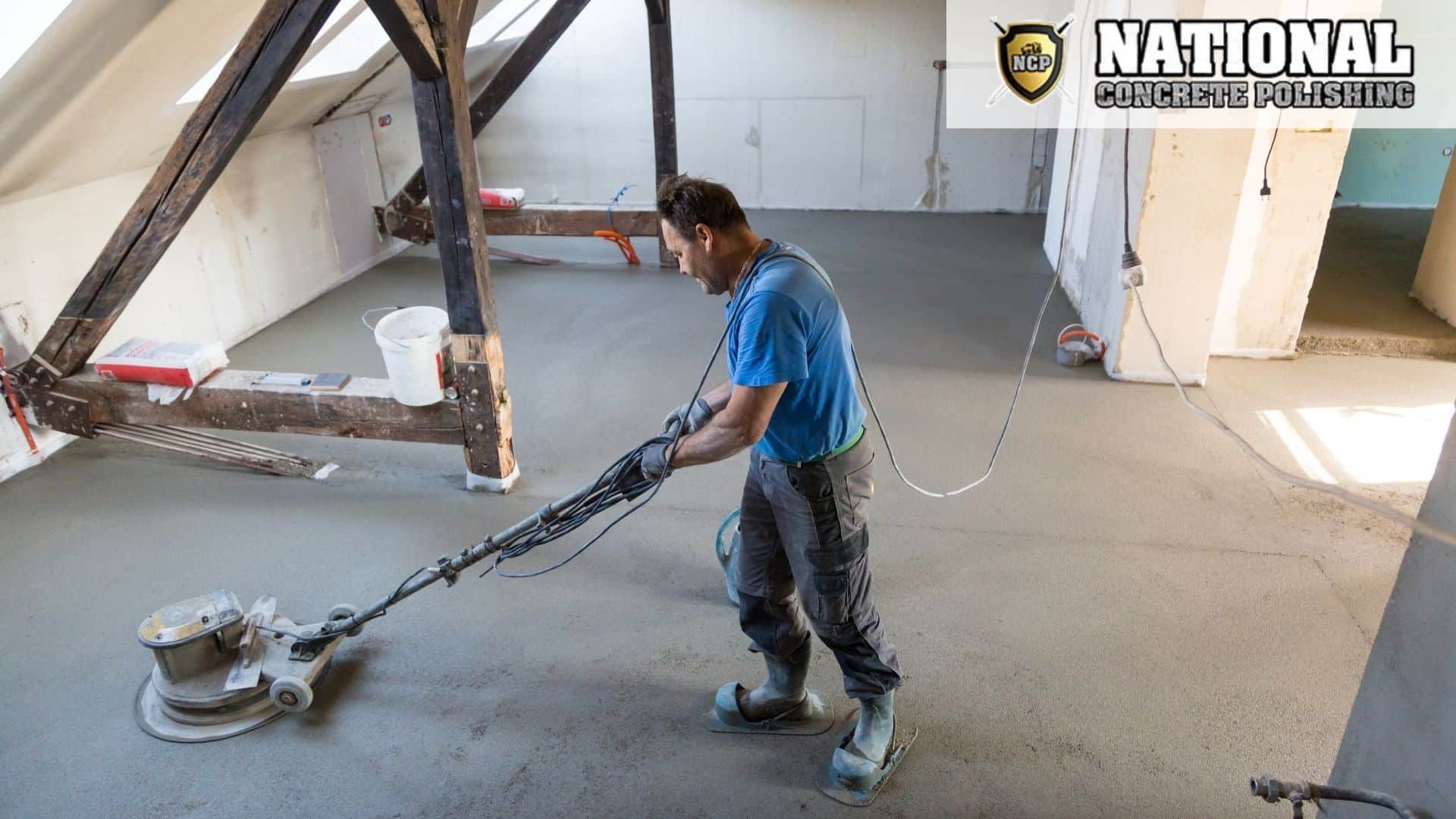 Variety of Aesthetic Finishes
Variety of Aesthetic Finishes
Reflectivity levels shape light distribution in your space. Matte options (Level 1) absorb illumination for cozy settings. Mirror-like surfaces (Level 4) amplify brightness in open areas.
| Exposure Class | Aggregate Size | Visual Effect |
|---|---|---|
| A | 1/8″ | Subtle texture |
| B | 1/4″ | Speckled surface |
| C | 1/2″ | Distinct stone patterns |
| D | 1″+ | Dramatic terrazzo look |
Current trends emphasize color integration during mixing rather than surface staining. This approach maintains vibrancy for decades. Earth tones dominate residential projects, while commercial spaces experiment with jewel hues.
| Reflectivity Level | Light Boost | Best For |
|---|---|---|
| 1 (Matte) | 10% | Bedrooms, libraries |
| 2 | 30% | Living rooms |
| 3 | 60% | Retail stores |
| 4 (High-Gloss) | 85%+ | Art galleries, lobbies |
Your finish choice impacts slip resistance and maintenance needs. High-gloss surfaces require more frequent sealing but enhance contemporary designs. Matte options better hide scratches in busy households.
Technical Insights and Comparative Analysis
Choosing flooring solutions requires understanding technical specifications and installation demands. Two popular options offer distinct approaches: thicker slab-based systems and ultra-thin coatings. Let’s break down their differences and share expert techniques for optimal results.
Material Thickness and Structural Needs
Slab-based systems range from 5-10cm thick, requiring expansion joints every 4-5 meters to prevent cracking. Thin coatings measure just 2-3mm, allowing seamless application without joints. This impacts installation timelines and structural preparation.
| Feature | Slab Systems | Thin Coatings |
|---|---|---|
| Installation Debris | High (old floor removal) | Low (overlay possible) |
| Moisture Resistance | Requires densifiers | Inherently waterproof |
| Project Duration | 2-3 weeks | 3-5 days |
Performance Enhancements and Cost Factors
Apply silicate densifiers during grinding to reduce porosity by 60%. This creates a moisture-resistant surface ideal for kitchens or garages. For thin coatings, proper substrate leveling ensures flawless finishes.
- Test slab flatness with laser levels before polishing
- Apply densifiers after 200-grit grinding for maximum absorption
- Budget 20% extra for subfloor repairs in older buildings
Commercial spaces with heavy foot traffic benefit from slab systems’ durability. Residential renovations often prefer thin coatings for faster turnaround and lower disruption.
Conclusion
Transforming your space starts from the ground up. Sleek, durable surfaces like polished concrete floors offer lasting value for homes and businesses. Their ability to merge practicality with modern design makes them a standout choice in today’s architecture.
These floors handle heavy use while keeping maintenance simple. You’ll spend less time cleaning and more time enjoying their reflective beauty. Whether in a busy café or a quiet living room, they maintain their integrity through years of wear.
Design flexibility meets eco-consciousness with this option. You reduce material waste and energy costs without sacrificing style. The seamless transition between indoor and outdoor areas creates cohesive, light-filled environments.
Ready to upgrade your space? Consider how polished concrete floors can elevate your design while supporting sustainable living. Their timeless appeal and rugged performance make them a smart investment for any project.
FAQ
How durable are polished floors compared to traditional options?
These surfaces resist heavy foot traffic, scratches, and stains better than vinyl or tile. Their hardness comes from densifying treatments during the polishing process, making them ideal for high-traffic areas like warehouses or retail spaces.
Can you customize the look of polished surfaces?
Yes. Options include adding aggregates for texture, dyes for color, or varying sheen levels (matte to high-gloss). Brands like Butterfield Color offer pigments to match any design style, from industrial to minimalist.
What maintenance is required for long-term shine?
Daily sweeping and occasional damp mopping with pH-neutral cleaners like Bona keep surfaces pristine. Reapplying sealers such as Prosoco’s Lithi-Tek every 2–3 years prevents moisture penetration and restores luster.
Are these floors eco-friendly?
They use existing slabs, reducing material waste. Low-VOC sealers and dust-reducing polishing methods improve indoor air quality, aligning with LEED certification standards for sustainable buildings.
How does porosity affect stain resistance?
Properly sealed surfaces have minimal porosity, repelling spills. Open-grind finishes may require more frequent sealing. Products like ChemMasters’ Slurri-Coat fill pores for added protection against oil or acidic substances.
What’s the cost difference between polished and epoxy floors?
Initial costs range – per square foot, depending on prep work. While epoxy is cheaper upfront, polished options last longer with lower upkeep, offering better ROI over time.
Can cracks in existing slabs be repaired during polishing?
Yes. Professionals use urethane fillers or routing techniques to fix minor cracks before grinding. Severe damage might require partial replacement, but most imperfections blend into the final design.
How long does installation take?
A 1,000-square-foot area typically takes 3–5 days, including grinding, hardening, and sealing. Curing times vary based on humidity and concrete mix—fast-setting products like Rapid Set reduce delays.
Are these floors slippery when wet?
High-gloss finishes can be slick, but adding anti-slip additives like SharkGrip or choosing a matte finish improves traction. Commercial spaces often use these solutions to meet safety standards.
What’s the difference between polished and microcement finishes?
Polished surfaces use thicker slabs and mechanical grinding, while microcement is a thin, hand-troweled coating. Microcement suits curved walls or DIY projects but lacks the same durability for heavy industrial use.

